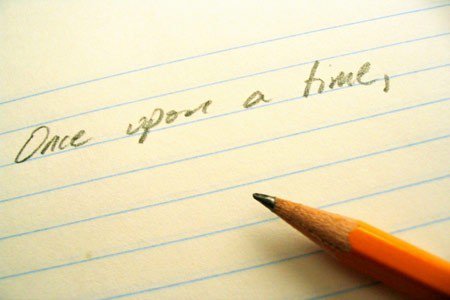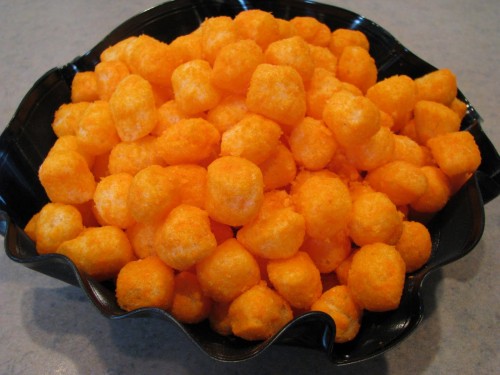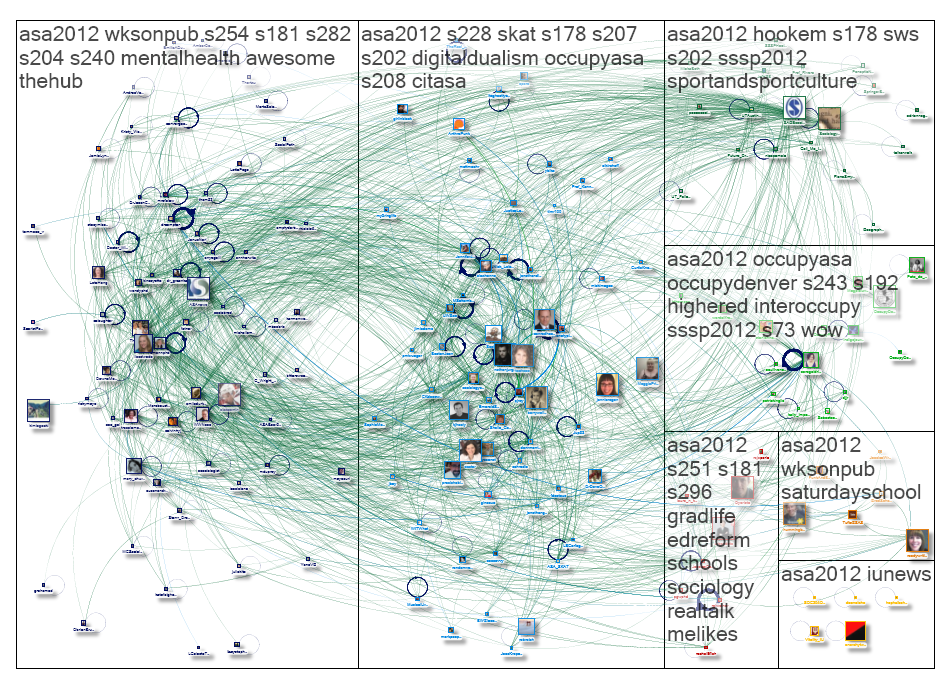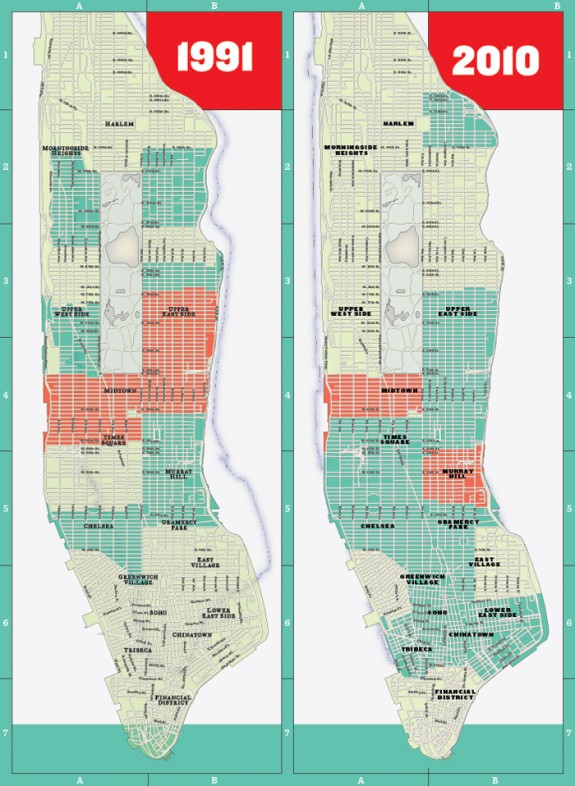BREAKING NEWS: PEOPLE ARE DEBATING AUGMENTED REALITY/DIGITAL DUALISM!!!
This post, however, takes a break from The Great Dualism Debates of 2013 and reflects instead on some musings that have been whirring around in my brain since #TtW13 based on discussions surrounding the Quantified Self.
After returning from my favorite professional weekend of the year (AKA the Theorizing the Web annual conference), I sat enjoying a cup of coffee with a good friend. She asked about my presentation, and we got talking about Self Quantification and Identity. This particular friend is also an occasional running partner and a fellow nutrition enthusiast. We seamlessly moved into her personal tracking habits, and she shared with me that when she uses her calorie tracking app, she ends up omitting a good deal of information, and contextualizing other data. Specifically, she tells me that she “forgets” to track her food while spending weekends with her long-distance boyfriend (during which she tends to eat more), and made a point to write down that it was her birthday to explain why she was so high above her daily allotment one day last month. Interestingly, she does not have any followers on this app, which means her justifications and omissions are purely for own benefit. She is not keeping up appearances for others, but rather, maintaining meanings for herself. more...










